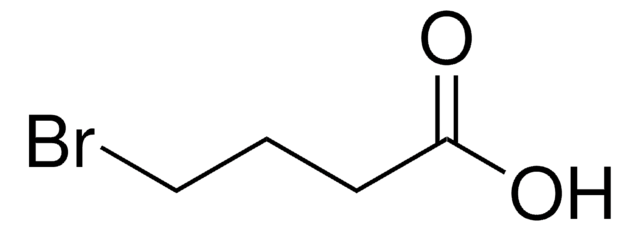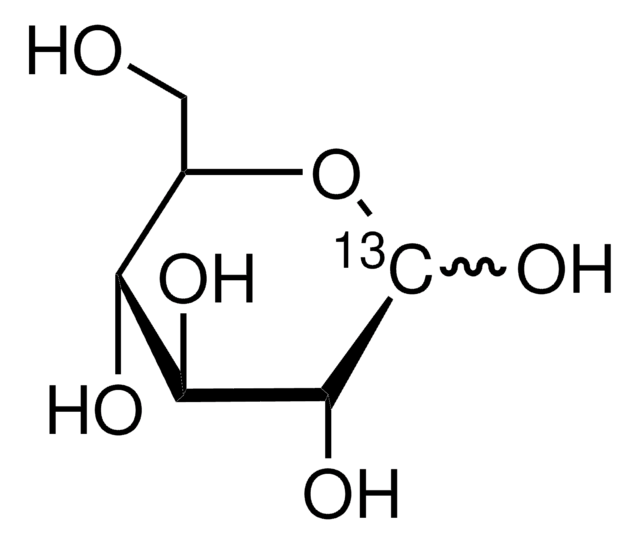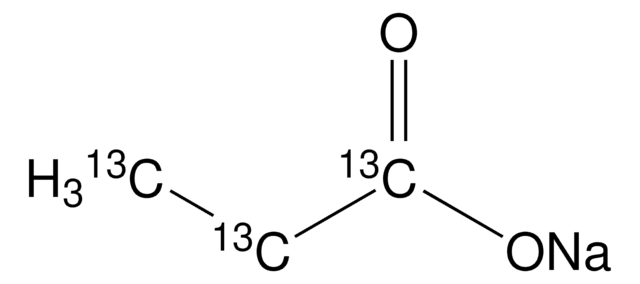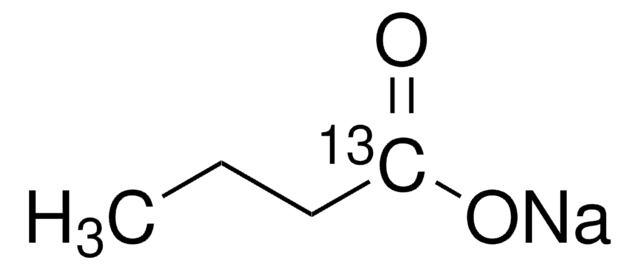282014
Sodium acetate-13C2
99 atom % 13C
Synonym(s):
13C Labeled acetic acid sodium salt, 13C Labeled sodium acetate, Acetic acid-13C2 sodium salt
About This Item
Recommended Products
isotopic purity
99 atom % 13C
Quality Level
technique(s)
bio NMR: suitable
protein expression: suitable
mp
>300 °C (dec.) (lit.)
mass shift
M+2
SMILES string
[Na+].[13CH3][13C]([O-])=O
InChI
1S/C2H4O2.Na/c1-2(3)4;/h1H3,(H,3,4);/q;+1/p-1/i1+1,2+1;
InChI key
VMHLLURERBWHNL-AWQJXPNKSA-M
Looking for similar products? Visit Product Comparison Guide
Packaging
Storage Class Code
11 - Combustible Solids
WGK
WGK 1
Flash Point(F)
Not applicable
Flash Point(C)
Not applicable
Personal Protective Equipment
Choose from one of the most recent versions:
Already Own This Product?
Find documentation for the products that you have recently purchased in the Document Library.
Customers Also Viewed
Articles
Solid-state NMR on Larger Biomolecules; Sigma-Aldrich.com
Dynamic Nuclear Polarization (DNP) is a phenomenon by which high spin polarization, typically derived from a bath of free radical electrons, is transferred to a nuclear spin bath, enhancing the difference between the nuclear energy levels and thereby producing dramatically enhanced NMR signals for detection.
Sigma-Aldrich.com presents an article concerning MRI/MRS and the use of isotopes in hyperpolarization.
Our team of scientists has experience in all areas of research including Life Science, Material Science, Chemical Synthesis, Chromatography, Analytical and many others.
Contact Technical Service












